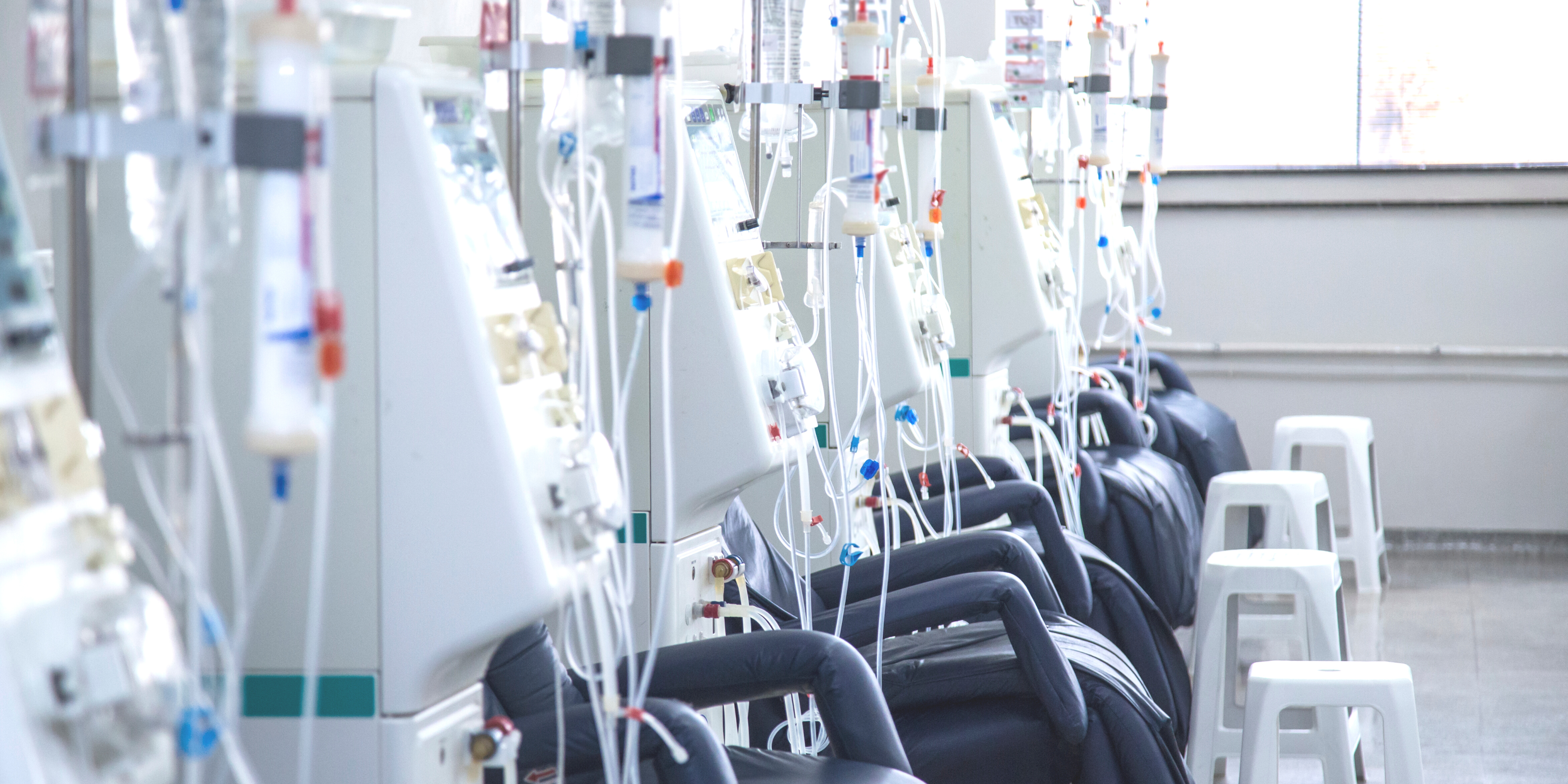
Though a lot of equipment in hospital facilities is disposable, there are plenty of pieces of equipment which can be reused for years and even decades. Beds, wheelchairs, bathroom equipment, walkers and IV equipment are some of the reusable resources in hospital settings. With the average hospital stay at approximately 5.4 days, this means that resources may be reallocated to new patients, sometimes more than once a week.
As such, if they are not cleaned, sanitised and disinfected correctly, they can quickly accumulate germs and bacteria. When handed across hospital staff and patients, this can infect them and cause illnesses, such as influenza. These HAIs place significant stress on the healthcare system and can lead to a shortage of beds, staff and resources.
Though they are not the only cause of stress to the hospital industry, managing these HAIs can ease the burden slightly. Therefore, it’s essential to maintain strict infection control procedures over shared patient equipment.
The following blog details Rubbermaid Commercial’s insight:
Step One: Promote good infection control of shared hospital equipment by cleaning
Cleaning and sanitisation must work hand in hand to ensure all reusable equipment is infection free. Therefore, hospital staff and cleaners must first clean all equipment to eradicate any debris, such as dust, that may negate the infection control process. Though there may be no visible signs of dust, giving all products and equipment a once over with a paper towel or Light Microfibre Cloth can ensure all infection control procedures are as effective as possible.
For floor equipment or equipment with wheels, such as portable IV equipment, staff and cleaners can also use a dustpan and broom to eradicate dust and dust mites.
Disposing of single-use products, such as paper towels, in a recycling bin or the appropriate equivalent can prevent dust from growing on other surfaces.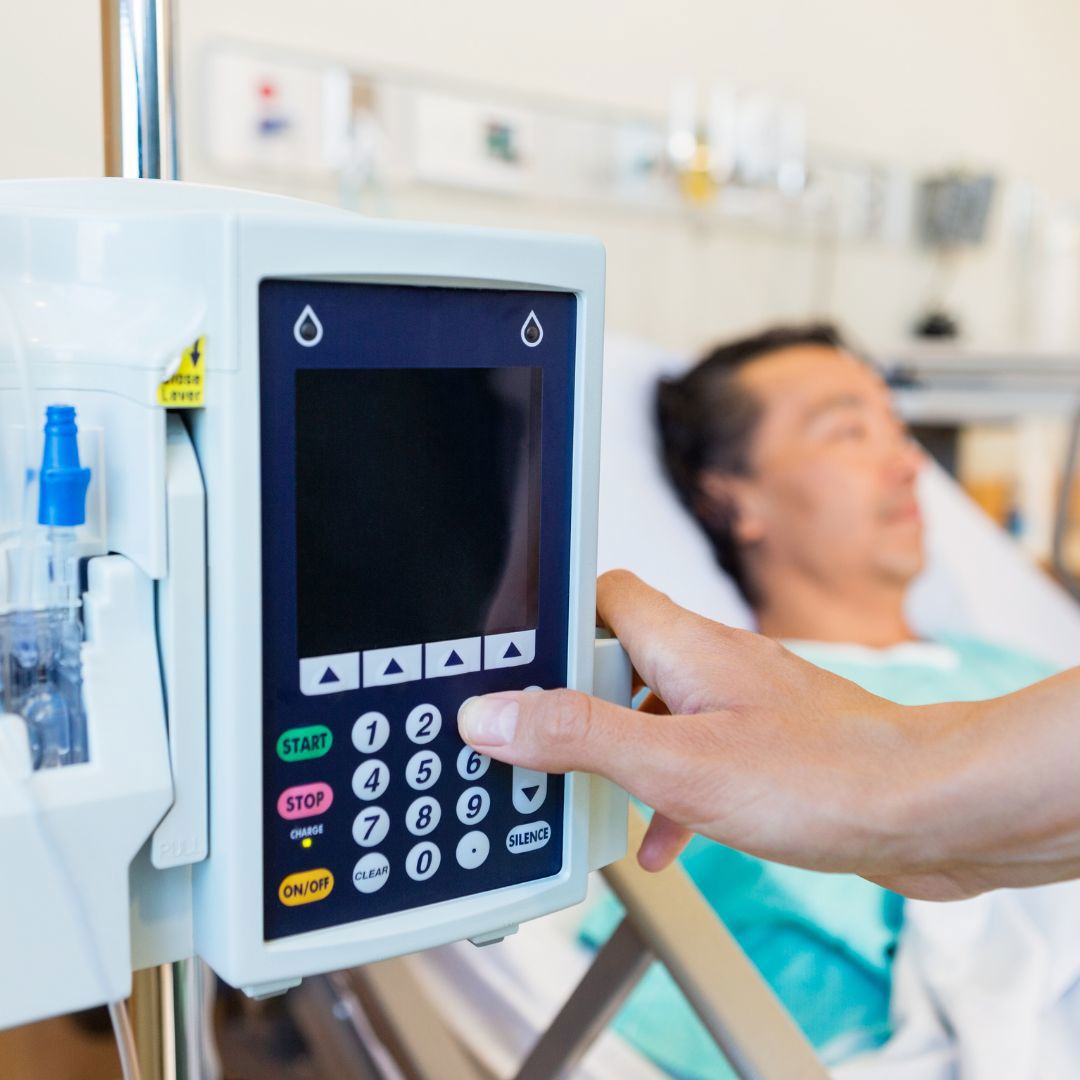
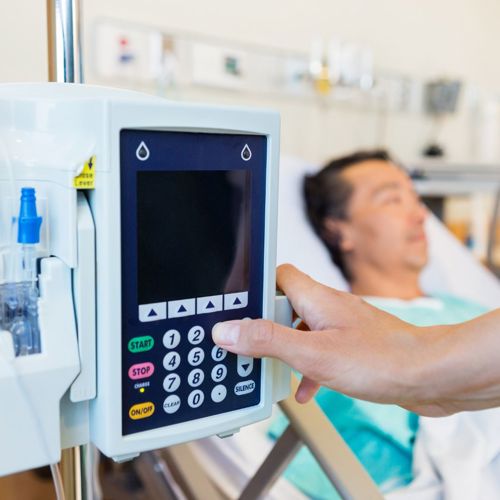
Step Two: Sanitise all equipment to remove harmful pathogens
While cleaning makes a surface look infection-free, it doesn’t eradicate harmful bacteria and pathogens. To do this, cleaners and hospital staff must use an HYGEN Microfibre Cloth and their choice of effective sanitiser. The microfibre cloth aids the sanitisation process as its fibres have been developed in a way that traps pathogens inside. This means that rather than spreading to other surfaces, they can be reused over a set period without the risk of reinfecting surfaces. This significantly speeds up the infection control process as staff don’t need to continuously seek out new cloths.
The HYGEN Microfibre uses innovative technology. Due to this, all HYGEN products yield the same effective clean. For shared facilities such as showers, an HYGEN Mop Head can trap pathogens in the same way but provide an added boost to efficiency. As staff don’t need to bend down while using these cleaning tools, it can give a boost to business OH&S.
Step Three: Keep all reusable shared equipment away from contact until required again
From the moment equipment is sanitised, bacteria can start growing on it again. There will never be a 100% effective way to prevent bacteria from growing on surfaces. However, keeping these shared resources out of reach if they aren't in use for a period can prevent the risk of spreading germs. As an example, in some hospital settings, staff may leave poles for IV equipment next to empty beds while not in use. While this can speed up the process when patients need a bed, it places the equipment at risk of becoming infected.
Some ways it can become infected include being touched by other patients, such as children, being sneezed or coughed on or being exposed to windows, which can carry airborne pathogens. Keeping this equipment in storage areas, such as cupboards, can prevent this equipment from being exposed. But, staff must be wary that cupboards need to be moisture free and have some natural sunlight. Otherwise, the smallest bacteria can grow rapidly.
Small shared equipment, such as blood pressure checkers, can be kept in smaller, more convenient compartments. Storage, such as a Rubbermaid Caddy, is ideal for keeping this equipment free from infection after it is sanitised. Keeping these within reach, but up high, away from eye level, can stop pathogens from accidentally finding their way onto equipment.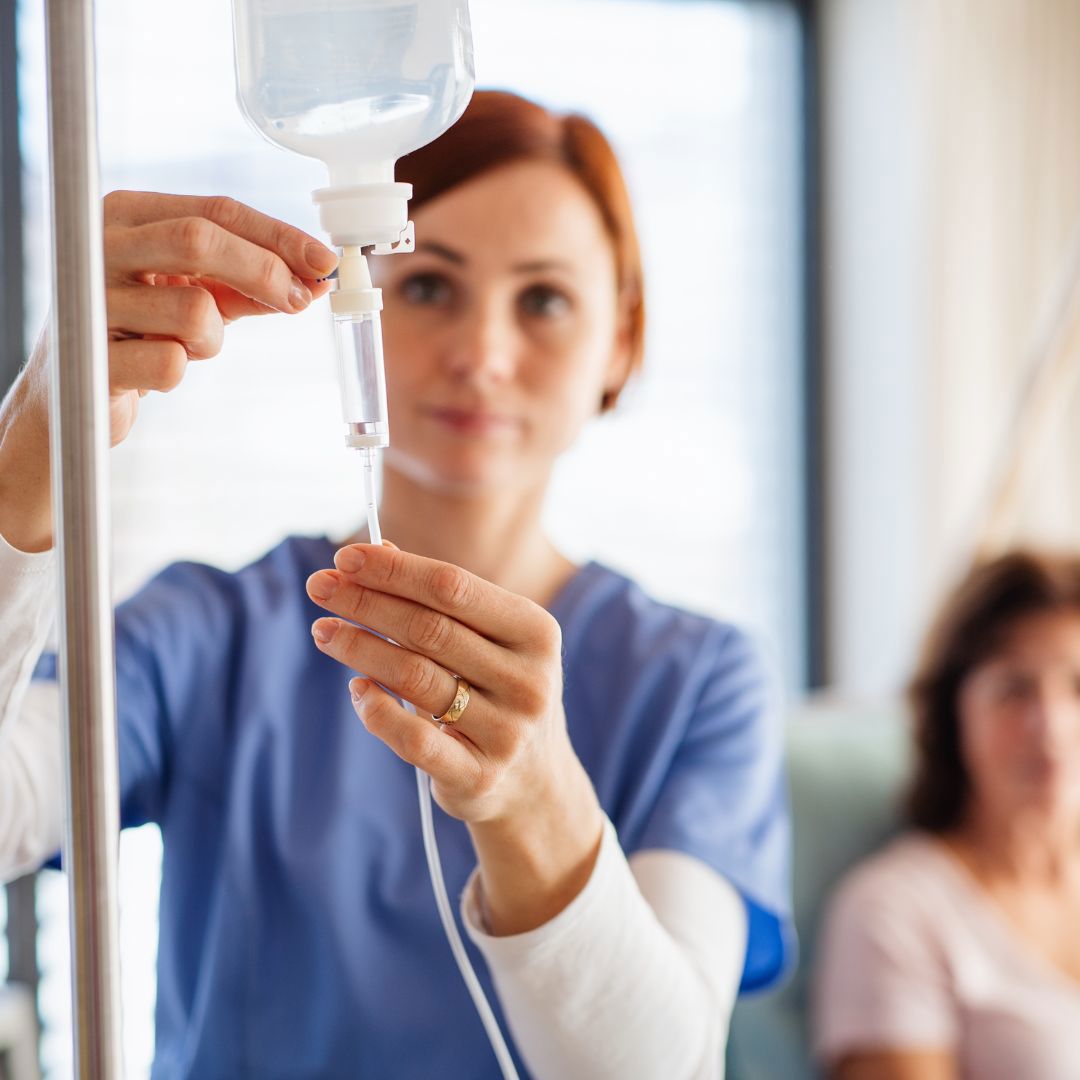
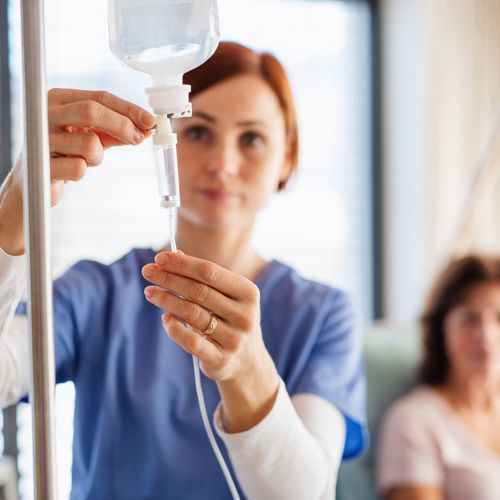
Step Four: Repeat the process after each use
Though it may seem repetitive, duplicating this process and building a habit can protect your patients and staff from HAIs. Creating a cleaning checklist that staff must follow after each patient is discharged can guarantee that all shared patient equipment is accounted for. This can ensure equipment is not missed, and everything has undergone the correct sanitisation process.
To avoid staff becoming complacent, hospital owners and managers can rotate the cleaning schedule between different staff members. This gives staff time off between each clean, meaning they aren’t likely to skip steps due to feeling their role is becoming repetitive. Undergoing frequent infection control training, once every 6-12 months, can also remind staff why good hygiene is so important.
Rubbermaid Commercial will help keep your hospital safe and infection free
At Rubbermaid Commercial, we are passionate about helping business owners identify areas of their business which may be infectious. If you are a hospital owner, manager or staff member, the team is always happy to provide suggestions to help you maintain the best infection control procedures.
Contact us TODAY to find out more about how you can implement effective infection control and a higher level of cleanliness on your premises.